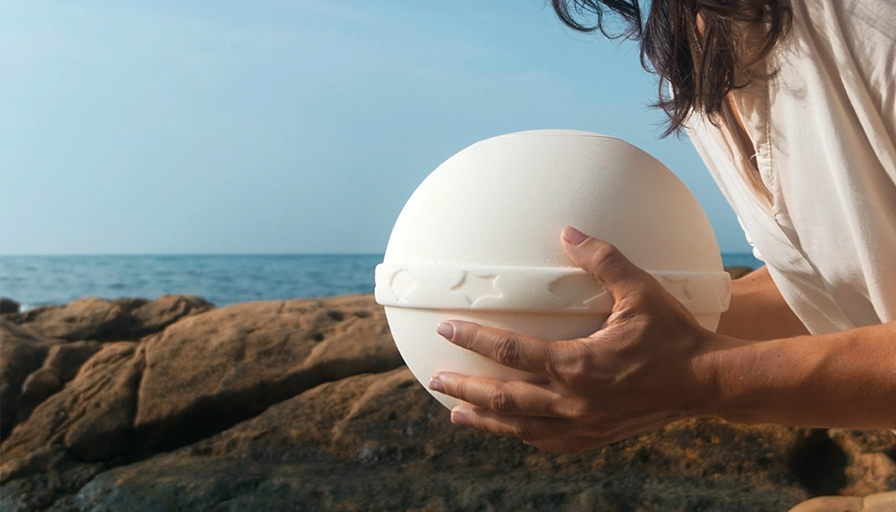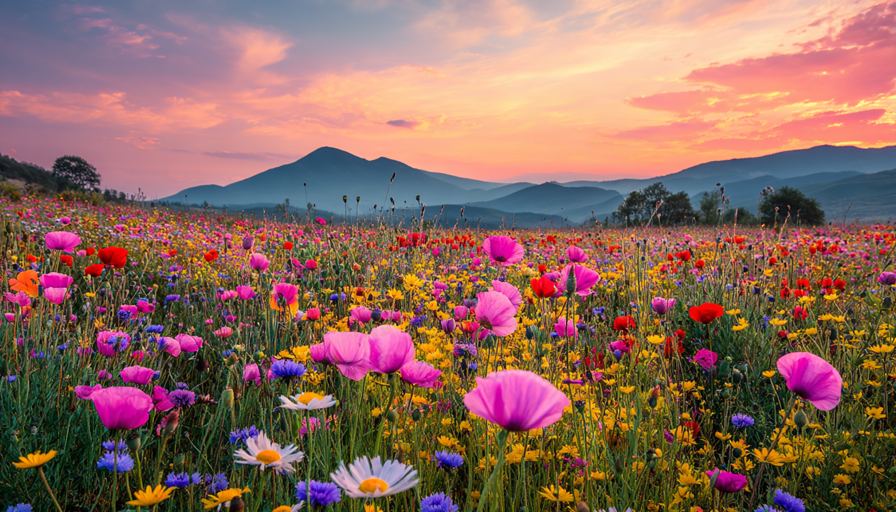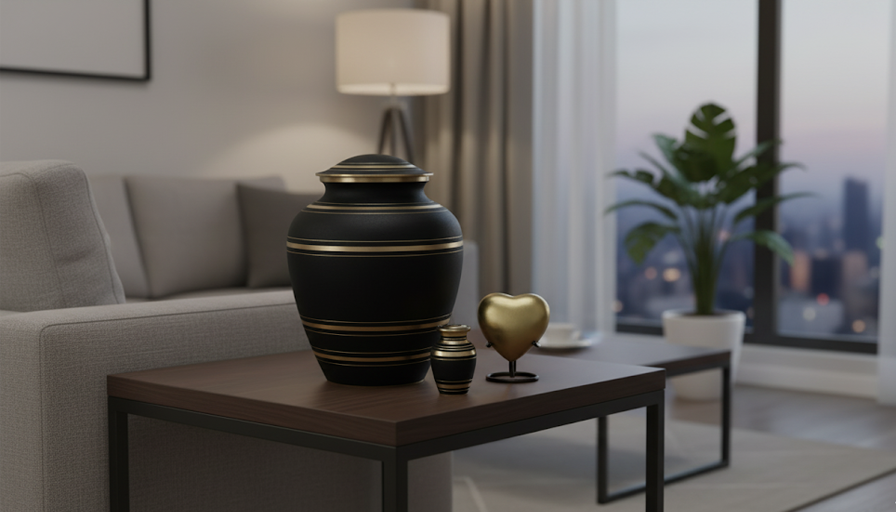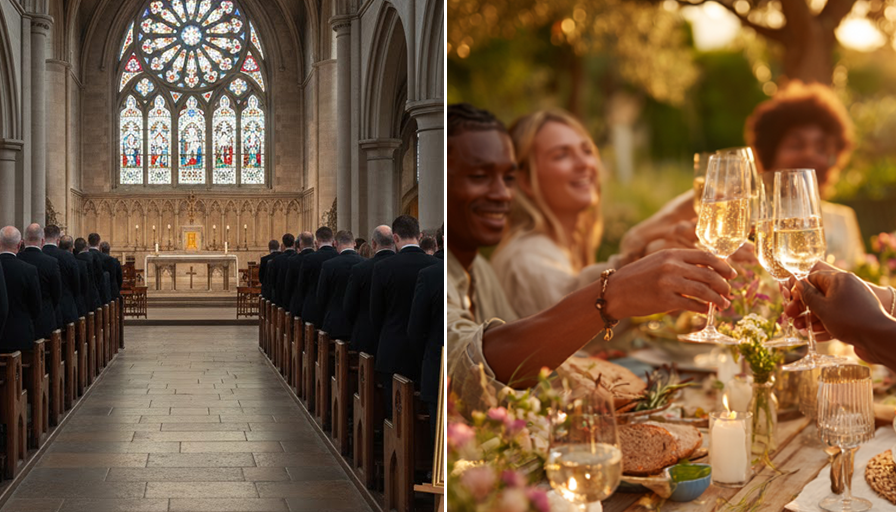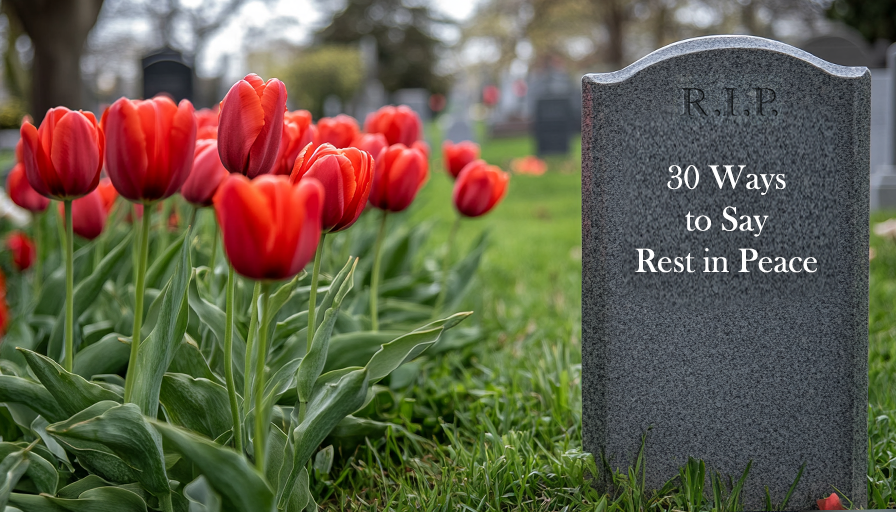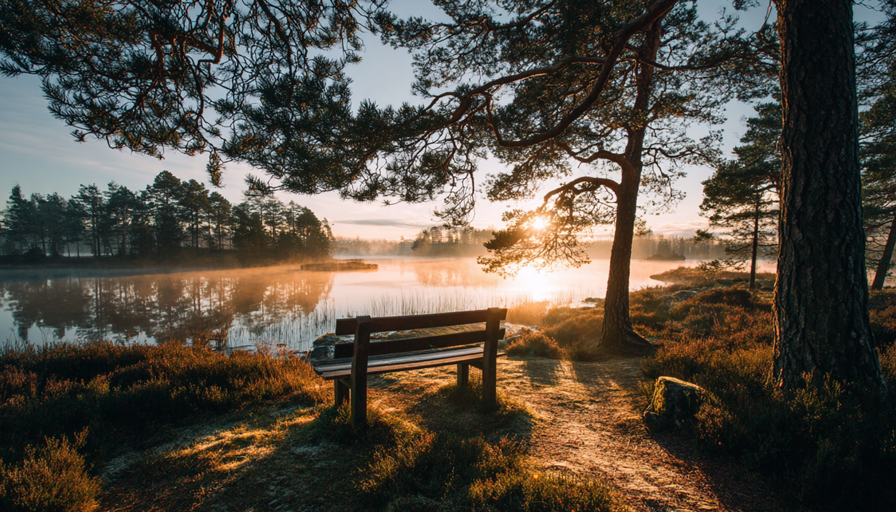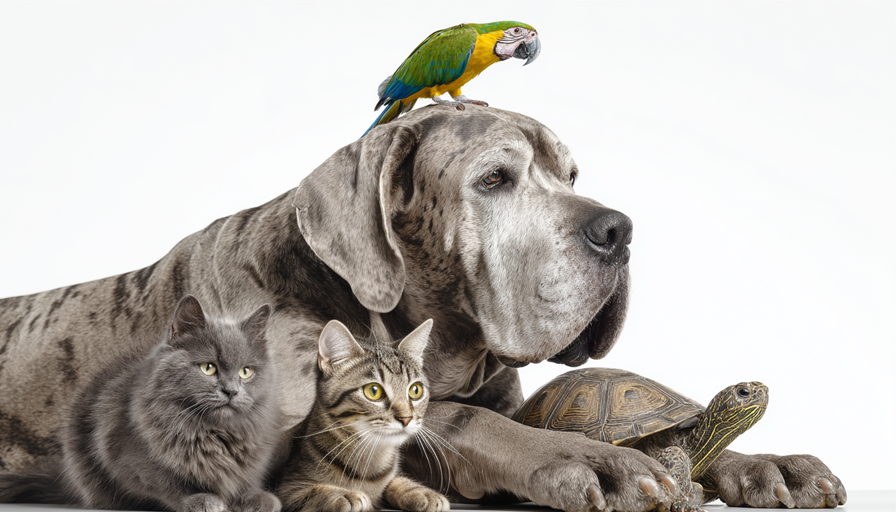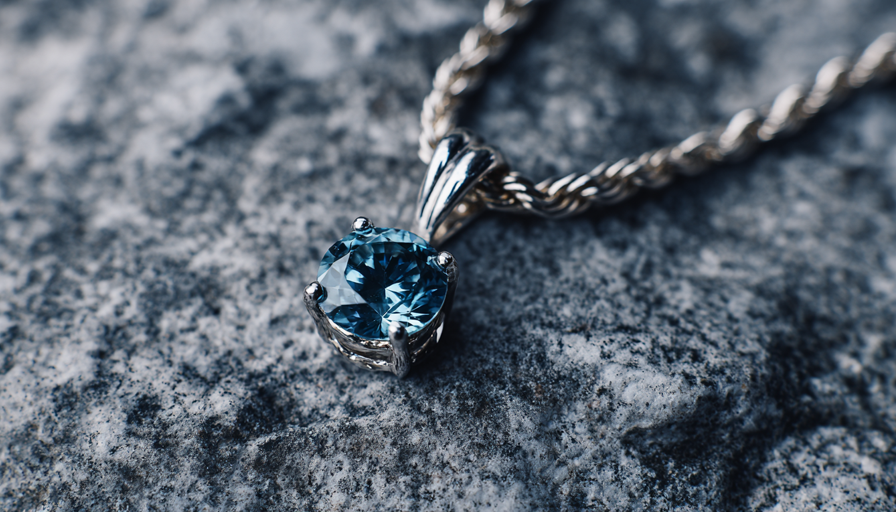Introduction: Honoring a Loved One in a Changing World
When a loved one passes away, choosing how to honor their memory is one of the most personal decisions we will ever make. Among the many choices faced by grieving families is the selection of an urn to hold the cremated remains. In recent years, there has been a growing interest in biodegradable urns, offering an eco-conscious alternative to more traditional materials like metal, ceramic, or stone. But what exactly is the difference between biodegradable urns and traditional urns—and which one is right for you or your loved one?
In this guide, we’ll explore the key differences between these two types of urns, the values they represent, their environmental impact, and practical considerations like cost, materials, and ceremonial uses.
Chapter 1: Defining the Two Categories
What Are Traditional Urns?
Traditional urns are vessels designed to store cremated ashes permanently. They are typically made from long-lasting materials, such as:
- Metal (brass, bronze, steel and stainless steel)
- Ceramic or porcelain
- Stone (marble, granite)
- Glass
- Hardwood
These urns are often designed to be displayed in the home, placed in a columbarium, buried in a cemetery, or integrated into a family memorial.
What Are Biodegradable Urns?
Biodegradable urns, by contrast, are specifically designed to decompose naturally over time. These urns are typically used for eco-friendly burials, either in the earth or in water. They’re made from organic, sustainable, and non-toxic materials such as:
- Compressed paper or cardboard
- Sand and gelatin composites
- Salt
- Coconut shell or bamboo
- Plant-based resins
- Cornstarch or other biopolymers
Their purpose is not permanence, but rather integration with the natural cycle of life and death.
Chapter 2: Material Differences
Durability and Longevity
Traditional urns are made to last. A brass or granite urn can remain intact for generations, making them ideal for families who want a permanent, tangible connection to their loved one.
Biodegradable urns, however, are designed with impermanence in mind. When placed in soil or water, they break down over weeks or months, depending on environmental conditions. This is a conscious choice for those who wish to return the ashes to nature.
Environmental Impact
One of the most significant distinctions is the environmental footprint:
- Traditional urns often involve high-energy manufacturing processes, especially with materials like metals or ceramics. They may also include varnishes or glazes that contain chemicals.
- Biodegradable urns are typically crafted with sustainability in mind. Many are handmade, using recycled or renewable resources, and designed to leave no trace after they decompose.
For eco-conscious individuals or those planning green burials, this difference can be a deciding factor.
Chapter 3: Are Eco‑Friendly or Sustainable Urns Available?
Yes—eco-friendly and sustainable urns are not only available, but increasingly sought after by families looking to honor their loved ones in an environmentally conscious way. These urns are made from renewable, biodegradable, or recycled materials such as bamboo, cornstarch, recycled paper, salt, sand, and even mycelium (fungi-based composites). Many of them are designed specifically for earth or water burials, breaking down harmlessly over time to nourish the environment.
Some sustainable urns even contain seed pods or saplings, allowing ashes to support new life in the form of a growing tree. This approach transforms remembrance into regeneration—creating a living memorial that reflects the natural cycle of life and death.
Choosing a sustainable urn is more than just an eco-conscious decision; it’s a deeply symbolic one. It speaks to a desire for harmony with the planet and a legacy that gives back to nature, even in farewell.
Chapter 4: Symbolism and Philosophical Values
Permanence vs. Return to Nature
A traditional urn symbolizes preservation, memory, and often, legacy. It reflects the human desire to hold onto what is lost—to remember and to physically represent a loved one’s presence.
Biodegradable urns, on the other hand, embody release. They reflect a worldview that honors the cycle of life, death, and rebirth—an acceptance that all things return to the earth in time. Many who choose these urns do so as a final gesture of unity with nature.
Cultural and Spiritual Significance
In some cultures and religions, keeping the ashes at home or in a cemetery is preferred. In others, returning the remains to the earth or sea is more spiritually resonant. Biodegradable urns can serve specific ceremonial purposes—for example, water burials or tree-planting ceremonies where the urn serves as the seed vessel.
Chapter 5: Use Cases and Ceremonial Differences
Home Display
Traditional urns are often aesthetically designed for home display. They may feature decorative elements, engravings, or personalized plaques. They are appropriate when families want a constant visual reminder of their loved one.
Biodegradable urns are generally not meant for long-term display. They are used primarily for burial or scattering ceremonies. Some, however, are beautiful and symbolic in their own right—such as sand urns molded in elegant shapes, or tree urns designed to nourish new life.
Burial Options
Traditional urns can be buried in cemeteries, though they often require a vault to protect the structure. Some cemeteries mandate this.
Biodegradable urns are commonly used in green cemeteries or natural burial grounds, where vaults are not allowed. These urns may also be used in private gardens or forests, where regulations permit.
Water Dispersal
Water burials require an urn that dissolves naturally and safely in aquatic environments. Salt urns and paper-based floating urns are specifically designed for this purpose, breaking down gently in water without causing harm to the ecosystem. Traditional urns, by contrast, are not suitable for water dispersal and are generally prohibited in natural waterways due to environmental concerns.
Biodegradable salt urns are carefully handcrafted from 100% natural materials, such as pure salt or sand combined with plant-based binding agents. These urns are intentionally designed to break down naturally, offering an eco-friendly way to return ashes to the earth—especially in coastal areas or open water.
Salt and sand urns are particularly well-suited for water burials. They remain firm and durable in dry conditions, but once placed in water, they begin to dissolve immediately—often disappearing within just a few minutes.
Chapter 6: Practical Considerations
Cost
Biodegradable urns are generally less expensive than high-end traditional urns. Their affordability and environmental appeal make them increasingly popular. Prices typically range from €50 to €300, depending on size, material, and design.
Traditional urns can vary greatly in cost. Basic models start around €100, but handcrafted or luxury urns made from marble, bronze, or glass can cost over €1000.
Customization and Personalization
Both urn types can be personalized:
- Traditional urns offer more options for engraving, custom artwork, or inlaid details.
- Biodegradable urns can often be hand-painted or personalized with biodegradable ink or paper notes. Some come with space to insert a seedling or flower bulb.
Storage and Transportation
Traditional urns are heavier and more durable, making them better suited for permanent storage or air travel (with proper documentation).
Biodegradable urns are lightweight and more fragile. They must be protected from moisture and handled carefully. Some airlines will allow travel with biodegradable urns if they are sealed and clearly labeled.
For detailed guidance, including tips on choosing TSA-approved urns and what to expect at security checkpoints, read our full article: Can I Take a Cremation Urn on Board of a Plane?
Chapter 7: Regulatory and Legal Aspects
In many countries, both types of urns are legally acceptable, but where and how they are used may differ:
- Cemeteries may have specific rules about urn materials and burial procedures.
- Natural burial grounds often require biodegradable materials only.
- Scattering ashes in public places may require permits or adherence to environmental guidelines.
It’s always important to check local laws and consult with funeral professionals to ensure compliance with legal requirements.
Chapter 8: Emotional and Aesthetic Experience
For many, the type of urn they choose reflects not only practical concerns but deep emotional needs.
Traditional Urns:
- Offer a sense of permanence and tradition.
- May be integrated into family altars or heritage.
- Help create a space of remembrance at home or in a cemetery.
Biodegradable Urns:
- Provide a sense of release, closure, and connection to nature.
- Often part of a ceremony that involves returning the ashes to the earth or water.
- Can offer healing through symbolic transformation—turning loss into life.
Both types of urns can support the grieving process in meaningful ways, depending on the personality, beliefs, and wishes of the departed and their family.
Chapter 9: Biodegradable Urns and the Green Funeral Movement
The increasing popularity of biodegradable urns reflects a broader cultural shift. More people are planning environmentally friendly funerals, seeking sustainability even in death.
This includes:
- Green burials without embalming chemicals
- Natural caskets and shrouds
- Tree-planting memorials
- Ashes used to create coral reefs or nourish forest soil
Biodegradable urns align perfectly with these values and are often chosen by those who lived an environmentally conscious life—or who wish to leave a legacy that protects the planet.
Which Should You Choose?
Choosing between a biodegradable urn and a traditional urn ultimately comes down to your values, preferences, and the way you want to remember your loved one—or be remembered yourself.
Choose a traditional urn if you:
- Want a permanent keepsake or memorial
- Plan to keep the urn at home or in a columbarium
- Prefer a durable, decorative piece that will last
Choose a biodegradable urn if you:
- Value environmental sustainability
- Plan to bury or scatter the ashes in nature
- Want a symbolic return to the earth or sea
Both options serve a sacred and intimate purpose. Whether you lean toward tradition or transformation, permanence or impermanence, the most important thing is that the urn reflects the spirit of the person it honors.
Need More Help To choose the Right Urn?
Visit our guide: How to Choose the Right Urn for Your Loved One
Or explore our collection of Biodegradable Urns and Traditional Cremation Urns
Let your farewell reflect the life, values, and wishes of the one you love.

